ANIMALS
20 Random Facts About Lions That May Surprise You
Published
9 months agoon

iStock
Lions are among the most fascinating and majestic creatures in the animal kingdom, known for their strength, social structures, and iconic roars. While many people are familiar with basic facts about lions, there are numerous lesser-known aspects that highlight their unique behaviors and adaptations. From their complex social dynamics to their remarkable physical abilities, lions have many intriguing characteristics that often go unnoticed. Understanding these facets not only enriches our appreciation of these big cats but also underscores the importance of their conservation. Here, we delve into 20 fascinating facts about lions that you might not know.
Lions are the Only Social Big Cats
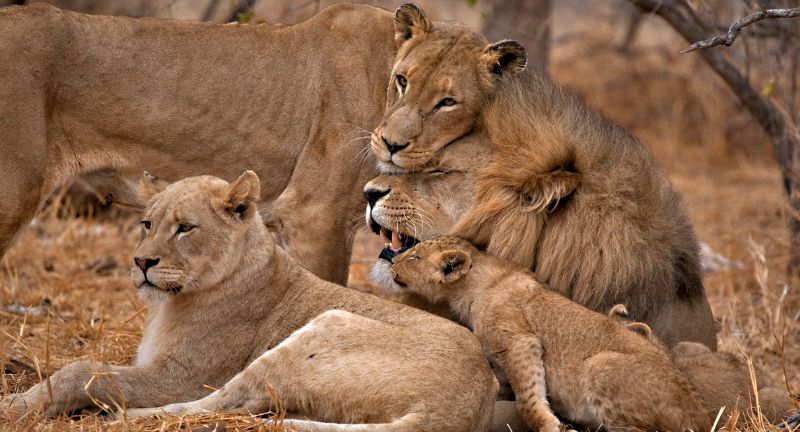
iStock
Unlike other big cats, lions live in groups called prides, which usually consist of around 15 lions. This social structure includes several related females, their cubs, and a few adult males. Living in prides provides lions with various advantages, such as cooperative hunting and mutual defense against rivals and predators. This social nature sets lions apart from the typically solitary lives of other big cats.
Male Lions Have Manes
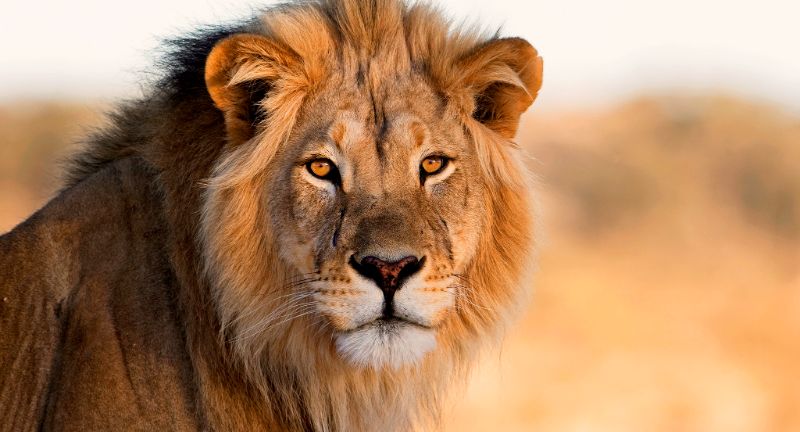
iStock
The mane, unique to male lions, serves as a sign of maturity and health, helping them appear larger and more intimidating. It provides protection during fights by cushioning blows and bites aimed at the head and neck. The mane’s color and size can vary and often reflect the lion’s age and genetic strength. This distinctive feature plays a crucial role in mating success, as females are often more attracted to males with darker, fuller manes.
Females Do the Hunting
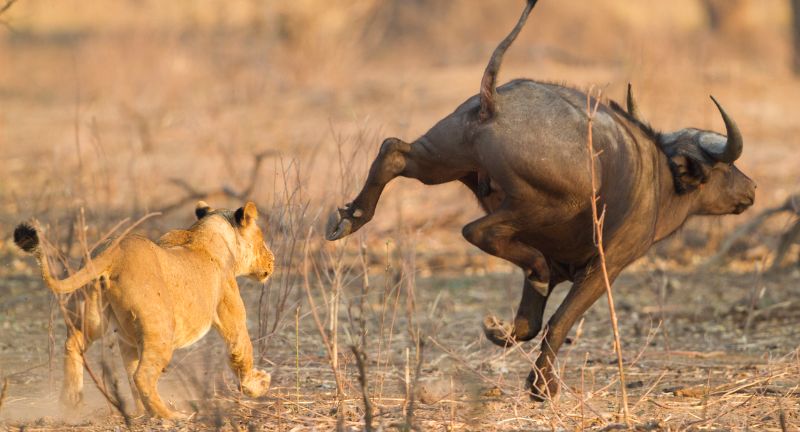
iStock
In a pride, lionesses are primarily responsible for hunting, working cooperatively to catch prey. Their teamwork allows them to take down large animals, which would be difficult to subdue alone. Males usually eat first due to their dominant status, even though they contribute less to the hunt. This division of labor is essential for the pride’s survival, ensuring that the young and the less capable members are fed.
Roaring Lions

iStock
A lion’s roar can be heard up to 5 miles away, serving as a communication tool to declare territory and call to other lions. This powerful vocalization helps to maintain pride boundaries and deter intruders. Roaring is most common at dusk and dawn when lions are most active. It is a vital part of their social structure, reinforcing bonds and asserting dominance within the pride.
Lions Are Mostly Nocturnal
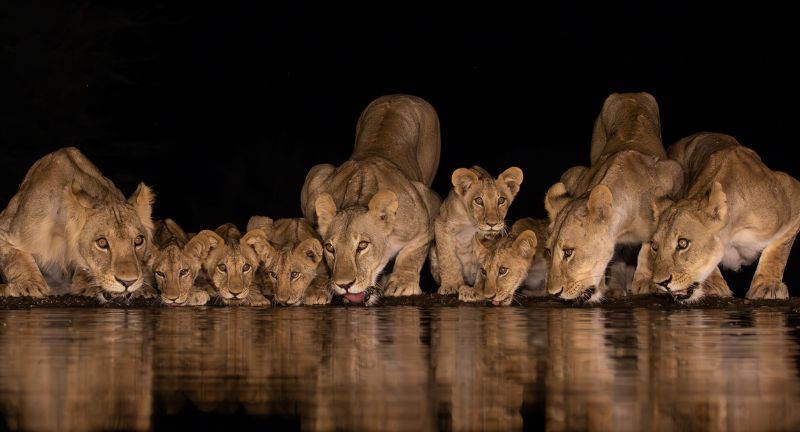
iStock
Lions are most active at night, which helps them avoid the heat of the day and increases their chances of hunting success. Their night vision is exceptional, allowing them to see six times better in the dark than humans. This nocturnal behavior also helps them conserve energy, as daytime temperatures in their habitats can be extremely high. By resting during the day and hunting at night, lions optimize their energy use and survival.
Short Lifespan in the Wild

iStock
Lions typically live around 10-14 years in the wild, though they can live over 20 years in captivity. In the wild, their lifespan is shortened by threats such as injury, disease, and competition with other predators. Captive lions benefit from regular food, medical care, and protection from the dangers of the wild, allowing them to live longer. Understanding these lifespan differences highlights the challenges lions face in their natural habitats.
Cubs Have Spots
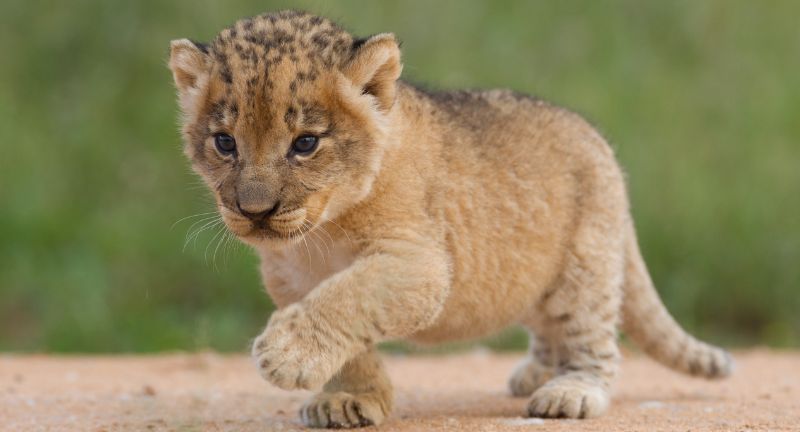
iStock
Lion cubs are born with spots on their bodies, which usually fade as they grow older. These spots provide camouflage, helping cubs blend into their surroundings and stay hidden from predators. The spots are more pronounced in younger cubs and gradually disappear as they reach adulthood. This adaptation is crucial for their survival during the vulnerable early months of life.
Fast Runners

iStock
Lions can run at speeds of up to 50 miles per hour, but only in short bursts due to a lack of endurance. This speed is vital for catching prey, allowing them to make quick, powerful attacks. However, lions can only maintain this speed for short distances, relying on stealth and surprise to get close to their prey before sprinting. Their muscular build and powerful legs enable these fast, explosive movements.
Strong Jumpers

iStock
Lions can leap up to 36 feet, which aids them in catching prey and navigating their terrain. This impressive jumping ability is a testament to their powerful leg muscles and overall strength. It allows them to pounce on prey from a distance, giving them a tactical advantage during hunts. Additionally, their agility helps them escape from threats and move efficiently within their environment.
Complex Communication

iStock
Lions use a variety of vocalizations, including roars, growls, and meows, as well as body language, to communicate within the pride. These sounds convey different messages, such as calls for help, expressions of affection, or warnings of danger. Body language, like rubbing heads or licking, also plays a crucial role in maintaining social bonds and hierarchies. This complex communication system is vital for the cohesion and survival of the pride.
Lions Have Excellent Night Vision

iStock
Lions’ night vision is six times better than that of humans, aiding them in hunting during nighttime. This enhanced vision allows them to spot prey and navigate their environment with ease in the dark. Their eyes have a high number of rod cells, which are sensitive to low light levels, providing superior night vision. This adaptation gives lions a significant advantage over many other predators and prey that are less active at night.
Infrequent Hunters
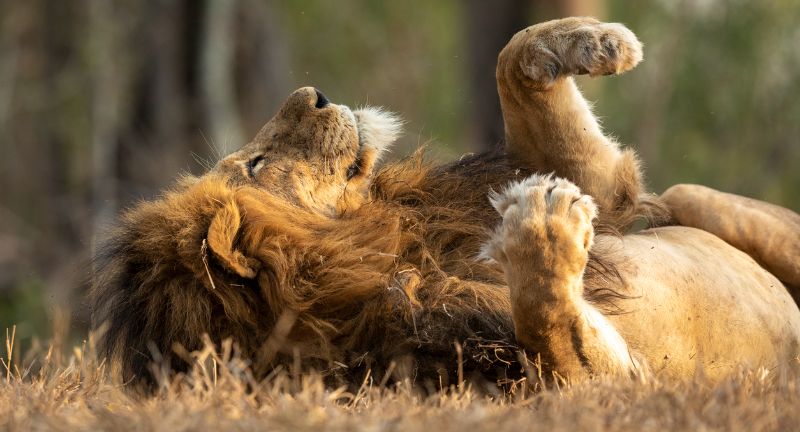
iStock
Despite their prowess, lions spend about 20 hours a day resting, often hunting only once every few days. Their infrequent hunting is a strategy to conserve energy, as successful hunts require significant exertion. When they do hunt, they aim to take down large prey that can provide enough food for the entire pride. This energy-efficient lifestyle helps them survive in environments where food availability can be unpredictable.
Mane Color Indicates Age and Health

iStock
The color and fullness of a male lion’s mane can indicate its age and health. Darker manes are often associated with older, healthier lions, as these are more attractive to females and intimidating to rivals. A lush, dark mane suggests high testosterone levels and good nutrition. This characteristic plays a crucial role in mating success, influencing the dynamics within a pride.
Territorial Animals
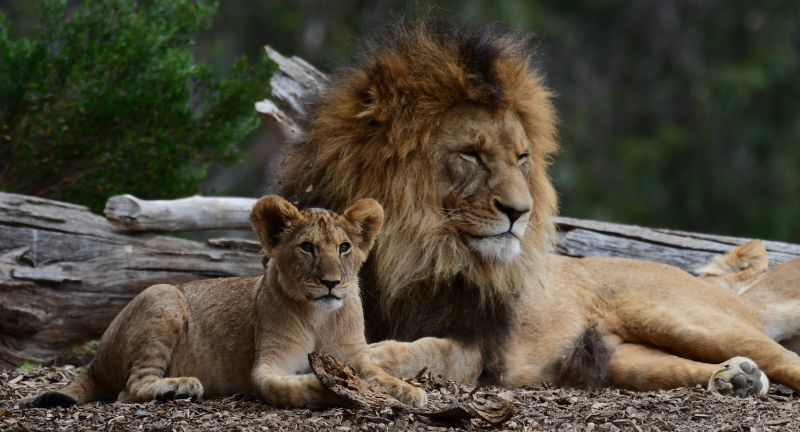
iStock
Lions are highly territorial animals, with prides defending territories that can range from 20 to 400 square miles. These territories are marked by scent markings and roaring, which signal ownership to other lions and potential intruders. Territory size depends on the availability of prey and resources, with larger territories often found in prey-rich areas. Territorial behavior helps maintain pride stability and ensures access to necessary resources.
Unique Paw Prints
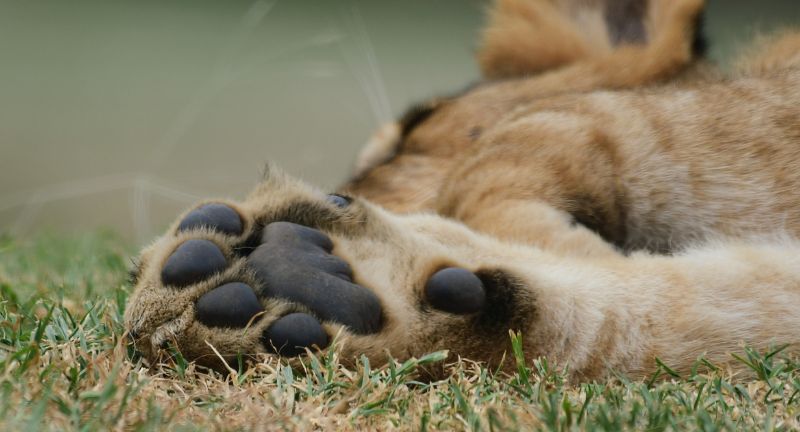
iStock
Each lion’s paw print is unique, much like human fingerprints, and can be used to identify individuals. These prints provide valuable information for researchers studying lion populations and movements. Tracking paw prints helps in monitoring the health and behavior of lions in the wild. Conservationists use these unique identifiers to track and protect individual lions, especially in areas where poaching is a threat.
Infanticide by Males

iStock
When a new male takes over a pride, he often kills existing cubs to bring the females back into estrus more quickly. This behavior, known as infanticide, ensures that the new male’s genes are passed on to the next generation. Although brutal, it is a natural part of lion social dynamics and helps maintain the genetic diversity within a population. Female lions may fiercely defend their cubs, leading to intense confrontations.
Eating Order

iStock
After a kill, male lions eat first, followed by females and then cubs, though females usually do the hunting. This hierarchy ensures that the strongest members of the pride, usually the males, maintain their strength and dominance. The feeding order is a critical aspect of pride dynamics, reflecting the roles and relationships within the group. This system helps in distributing food efficiently, though it often means the cubs get the least.
Sharp Claws

iStock
Lions have retractable claws that can reach up to 1.5 inches in length, helping them to grasp and hold onto prey. These claws are also used for defense and climbing when necessary. Retractable claws prevent wear and tear when not in use, keeping them sharp for hunting. This adaptation is crucial for their hunting success and overall survival in the wild.
Sensitive Whiskers

iStock
A lion’s whiskers are extremely sensitive and help them sense movements and the position of prey, especially in the dark. These tactile hairs, also known as vibrissae, can detect even the slightest changes in the environment. Whiskers are crucial for navigating through dense vegetation and for precise movements during hunts. This sensitivity enhances their hunting efficiency and ability to avoid potential dangers.
Cohesive Bonding

iStock
Lion prides are matrilineal, meaning the females often stay with their birth pride for life, fostering strong social bonds. These lifelong connections between female lions help maintain pride stability and cooperation. Males, on the other hand, leave their birth pride when they reach maturity to seek their own territories. This cohesive bonding among females is essential for the pride’s success in hunting and raising cubs.
Conclusion

iStock
Exploring the lesser-known facts about lions reveals the depth and complexity of these magnificent animals. Their unique behaviors, social structures, and physical adaptations highlight their evolutionary success and the critical role they play in their ecosystems. By understanding these details, we gain a greater appreciation for lions and the importance of their conservation. Protecting these iconic creatures ensures that future generations can continue to be inspired by their majesty. As we learn more about lions, we can better support efforts to preserve their habitats and populations in the wild.
More Amazing Animals+
-


25 Birds That Migrate For Winter
-


27 Adorable Forest Creatures That Will Steal Your Heart
-


Giant panda celebrates first birthday with special cake at zoo…
-


Wasps Are Not So Bad, Here’s Why
-


30 Smartest Animals In The World
-


26 Fascinating Facts About Coral Reefs
-


Timothys up early for his morning spa appointment!
-


Chandler, Arizona Police Officer Helps Duck and Her Ducklings Cross…
-


Why Lionesses Are the True Rulers of the Animal Kingdom
-


More – Alligator arrest outside of a school in Charleston,…
-


Cranes Are More Interesting Then You May Think, Here Is…
-


30 Deadliest Animals In South America
